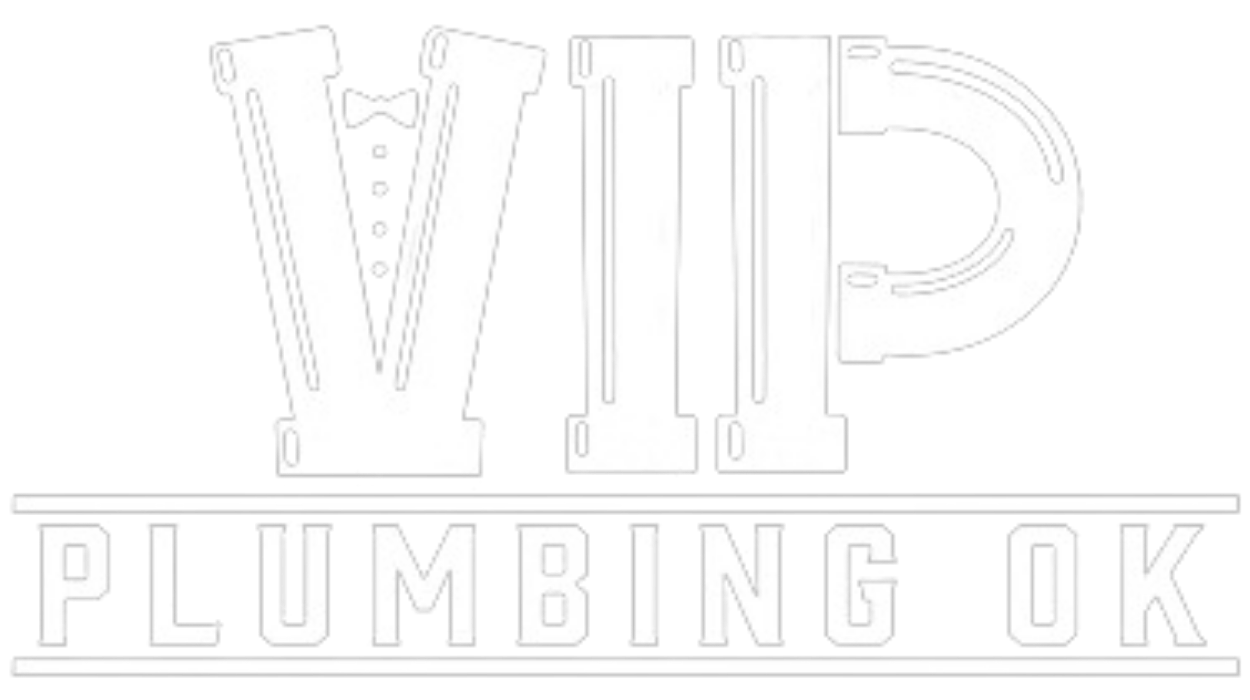It is expected to consider plumbing systems and indoor air quality as two independent subjects, but they are closely related. Many people realize that when a plumbing system malfunctions, conditions can be created that lead to health hazards and threaten a home’s infrastructure. However, in this article, we will link these plumbing failures to air quality.
First, we will discuss four common plumbing issues relevant to most homes and investigate their effects on indoor air. We will then offer preventative measures homeowners can take to reduce their occurrence and improve the air they breathe.
Leaks
A leaky plumbing pipe releases water into the surrounding area, where it is quickly absorbed by building materials such as drywall and insulation. As the infiltrating water stagnates, it begins to rot the wood substructures and promotes mold and mildew. Quickly multiplying, it releases airborne spores that are breathed in, leading to allergy-type symptoms and respiratory illnesses.
This excess moisture encourages bacterial growth and attracts unwanted insects like cockroaches, silverfish, and centipedes. These insects leave behind unsanitary droppings filled with their own strains of bacteria and viruses. These insects carry diseases through their saliva or when they come in contact with humans. These infectious particles can also become airborne, leading to runny noses, coughing, and itchy mouths and throats.
Prevention
The best way to stop leaks is to maintain your plumbing pipes. This requires the participation of a professional plumber and the homeowner’s awareness.
Practicing good disposal habits will keep drain lines from clogging, eventually leading to leaks. Oily and greasy products create the most risk, so be sure to eliminate these, as well as fibrous foods, hard pits, and any food that expands once it is combined with water. These waste materials combine and mix with the grease to create clogs.
In the bathroom, eliminate flushing all products typically used, such as Q-tips, cotton balls, feminine hygiene products, and paper towels. Be especially mindful of flushing products falsely labeled as “flushable” since they are a major contributor to blockage toilets. The best rule of thumb is to only dispose of human waste and single-ply toilet paper to control clogging.
A professional plumber can be engaged to routinely inspect and monitor plumbing pipes for leaks and the hidden recesses of a home for excess moisture. When caught early, a leaky pipe will not do enough harm to infect the indoor air, but those that go unnoticed will. A professional knows the early signs of which to be aware and can minimize any damages.
Sewer Line
Sewer lines can become compromised in ways that affect air quality. Clog formations or blockages from tree root intrusion can slow or completely block a sewer line, preventing the passage of wastewater from indoor drains to the public sewer system or a private septic tank. When this occurs, there is nowhere for the wastewater to escape, and it backs up into the indoor sink, tub, and floor drains, creating an unsanitary disaster.
Raw sewage contains parasites naturally found in fecal material, which continue to live once it enters the wastewater. Some common bacteria are E. coli and Streptococcus, and coming into contact with them physically or through the air can be hazardous.
In addition, sewage emits sewer gas, which is a byproduct of decomposing human waste. It is a combination of gases, including ammonia, carbon dioxide, methane, and hydrogen sulfide, which gives it its recognizable rotten egg smell. Sewer gas is known to negatively affect human lungs, leading to organ damage and even death, and, on a lesser scale, can cause eye, nose, and throat irritations.
Prevention
Using a waterproof video camera, sewer lines should be routinely inspected for damage and blockages. In addition, cleaning the lines through a process known as hydrojetting will reduce unwanted grease buildup and remove tiny tree roots seeking nutrients.
VOCs
Volatile organic compounds (VOCs) include various chemicals emitted as gas from certain solids or liquids. They are more concentrated indoors and, along with many household products, can be attributed to specific plumbing components. Paints, personal care products, and aerosol sprays are good examples of VOC producers in the home.
Plumbing pipe production often includes the application of a liquid coating to protect pipes during transport. This coating, along with the solvents and adhesives used when the piping is installed, has been found to emit VOCs. VOCS by themselves are dangerous, but some, when combined with other gases, become highly toxic air pollutants.
Another way VOCs are introduced is through the use of chemical drain cleaners. Just opening the bottle releases toxic fumes into the air, which irritate respiratory tracts and can lead to nausea, vomiting, and damage to the central nervous system.
Prevention
To reduce VOCs in your home, limit products with high VOC ratings. Instead, look for items listed as “low VOC” especially in cleaning and personal care products. Refrain from using chemical drain cleaners and instead opt for a plunger, drain snake, or the services of a reputable plumber.
Specialized air filtration systems, such as those with carbon filters, can be installed to remove VOCs from the indoor air. Increasing the ventilation is also recommended to reduce the levels of VOCs found in a home.
Corrosion
Hard water is responsible for corroded pipes, as hard water minerals such as calcium and magnesium cling to pipe interiors and degrade them. A corroded pipe will create rust and limescale and cause particles to break off and end up in the drinking water. This decreases the water’s aesthetics and contributes to poor indoor air quality since a corroded pipe is more likely to leak or burst, and we have already discussed how leaks contribute.
Prevention
Aging plumbing is most prone to corrosion and its ill effects on air quality, and it should be replaced if it has reached its intended lifespan. Newer plumbing pipes made of plastic have smooth interiors, making them less likely to corrode.
If the plumbing is newer, we recommend installing a water-softening treatment system that removes the hard water minerals, leaving the water soft and less damaging to pipe materials.
Looking To Improve Your Air Quality Through Improved Plumbing?
It is now easy to see the connection between faulty plumbing and a reduction in indoor air quality and how maintaining your plumbing system is essential to good health. We are the plumber area residents rely on to inspect and monitor their systems for early signs of leaking, clogging, and corrosion buildup. A well-maintained system cared for by consciously responsible homeowners will leave behind above-standard air quality, providing a safe and comfortable home.
Call us today to schedule an appointment, and together, we can work to correct plumbing failures and improve indoor air quality.

